Architecture on the Road
Hokkien Temples of Guangdong: a marvelous encounter
I love traditional architecture. It is one of the greatest driving motivations of my travels, and I love to look at every small, intricate detail. Therefore, you can imagine that my first encounter with a Hokkien style temple in the Southern Chinese city of Shantou (Guangdong Province) left me awe-struck and speechless.
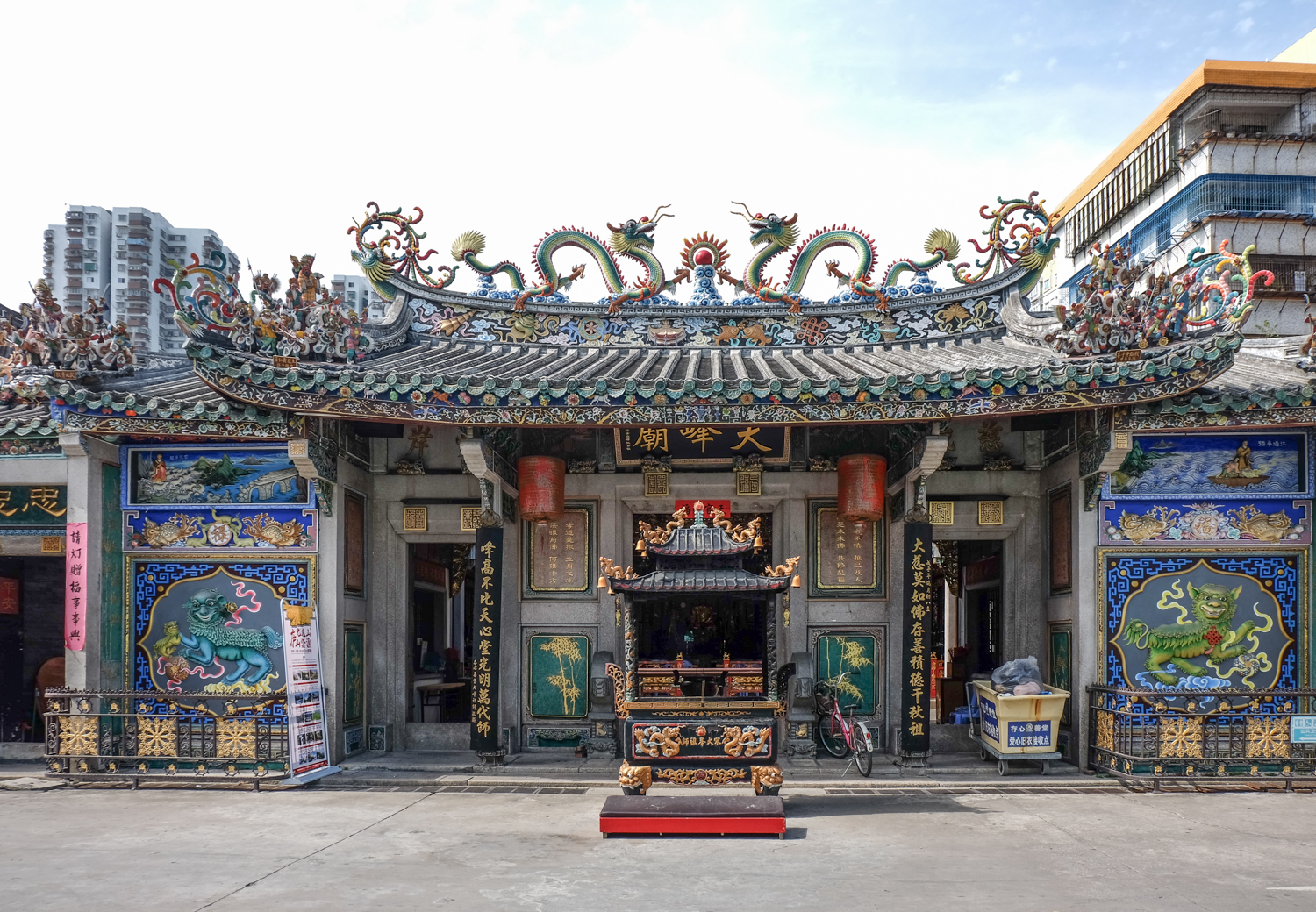
“Yes, we have a lot of this kind of stuff,” said our unimpressed friend Yuan, a Shantou native so used to this style that I could tell he was not entirely relating to my sense of wonder.
“The people of this area lived in peace for so long, that they had a lot of time to invest and develop their craftsmanship” he added.
The Chaoshan area of Guangdong Province (which contains the cities of Shantou, Chaozhou and Jieyang) is indeed a great place to admire this kind of architectural style, together with all the incredible craftmanship and other local art forms (such as painting, wood, stone and bone carving, just to name a few…) that developed in this particular area of China.
(And the food. The food is amazing too!)
The Hokkien or Minnan architecture refers to that architectural style widely spread among Fujian, Province and Taiwan, in the areas populated by the Hoklo people, a sub group of the Han Chinese ethnicity.
Typically, Hokkien temples are very similar in typology to a traditional Chinese temple; the look though is totally different, due to the roof shape and the unique decoration style.
SWALLOWTAIL ROOFS
Hokkien Temples usually display “swallowtail roofs”, upward-curving roof ridges which resemble the tail of a swallow.
This kind of roof is a signature of the Hokkien style, and they are especially common in Taiwain and all the areas of Hokkien influence (mostly in the Fujian and Guangdong area of China, but also in South East Asia). These swallowtail roofs are most commonly used for temples and shrines, but can be also found in dwellings, usually of wealthier families.
The degree of the curving can vary, featuring several layers in the most sumptuous examples.
Often the ridges are decorated with figures covered in colorful porcelain pieces, a decorative way of showing the wealth of the community or the founding family.
PORCELAIN OVERLAYS
Porcelain carving overlays are a form of art and craft that are especially popular in China in the Chaozhou and Shantou area of Guangdong Province, used for houses, ancestral halls and temples.
Those carvings or statues usually represent natural elements such as flowers or animals, but also figures and scenes from Chinese mythology or folk tales.
To construct these figures, an armature structure using iron wires is built first, on which the basic shape of the carving is modelled, before adding a paste made of a mixture of plaster and plant fibers.
The paste shape is then covered with small colorful pieces obtained by grinding porcelains bowls. Those pieces are laid flat or in relief, depending of the subject and effect desired.
The use of porcelain material is not only beautiful, but also advantageous and durable in the wet and tropical climate in the South of China.

Here are a few snaps of the Hokkien Temples I had the pleasure to visit during my trip to the Chaoshan area of Guangdong Province (particularly around the cities of Shantou and Chaozhou).
Those details belong to the ancient Mazu Temple 天后宫 (dedicated to the sea Goddess Mazu) and the more recently built Guandi Shrine 关帝庙, both located close to each other in the Old center of Shantou, and the Kaiyuan Temple 开元寺 in the city center of Chaozhou.
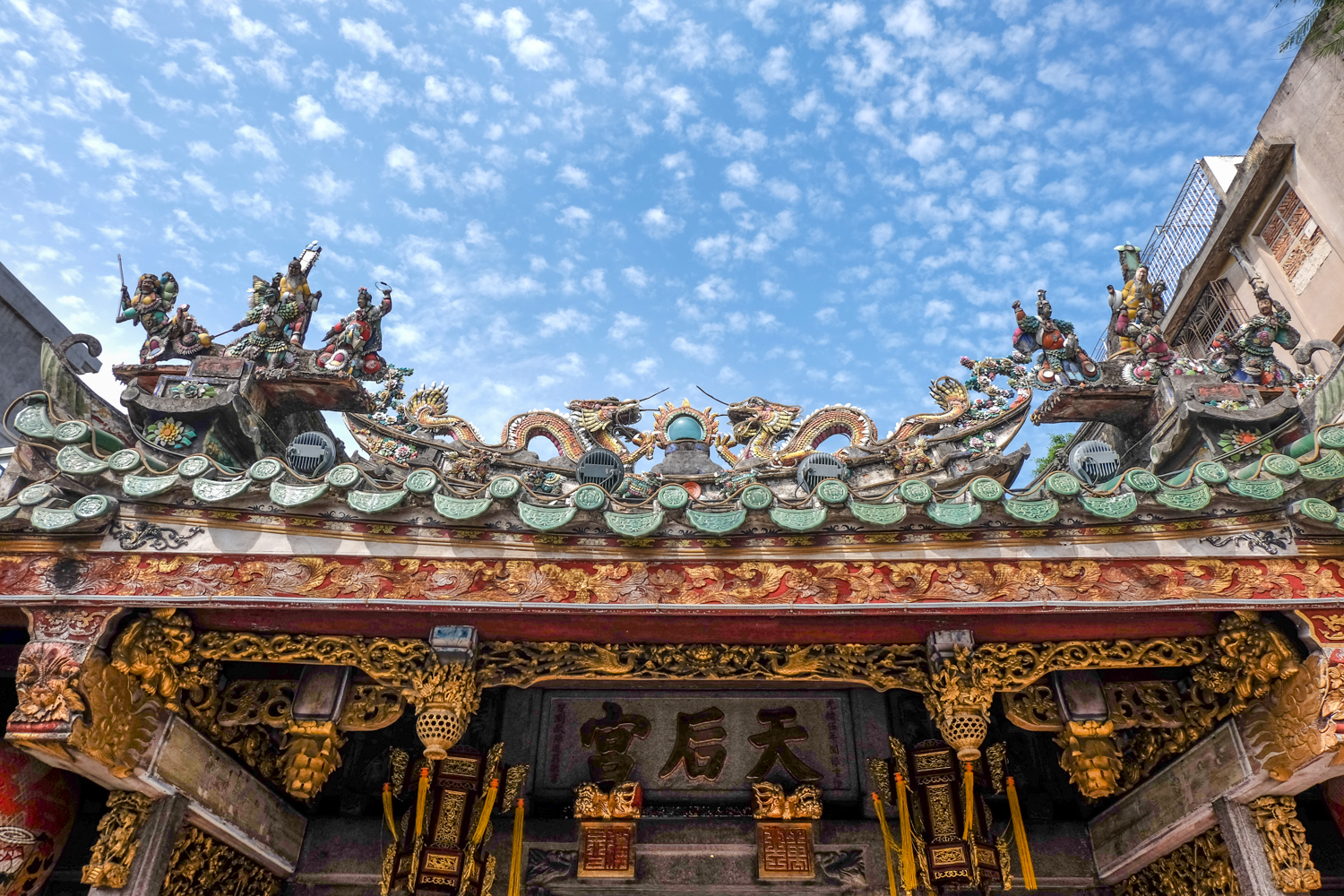

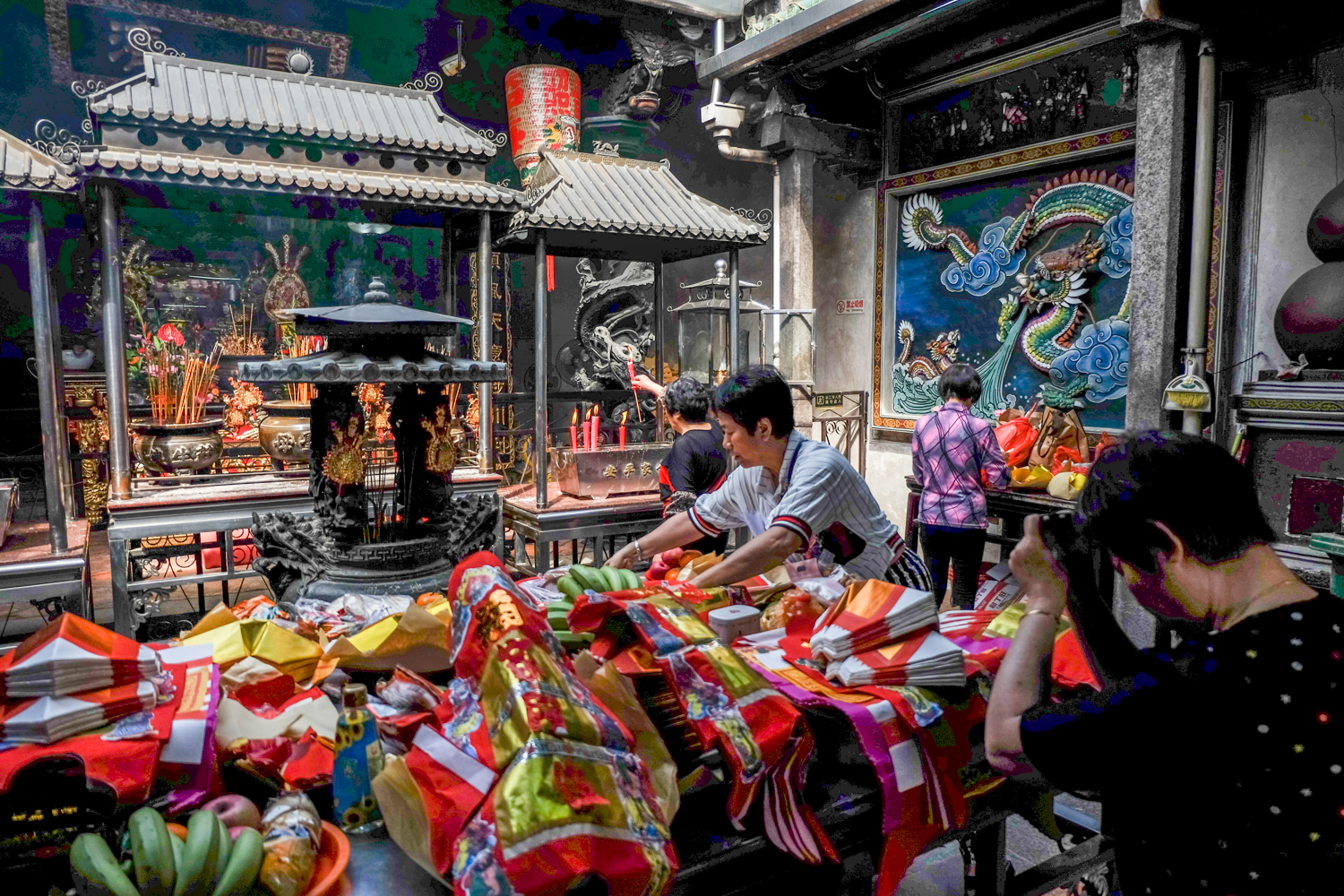

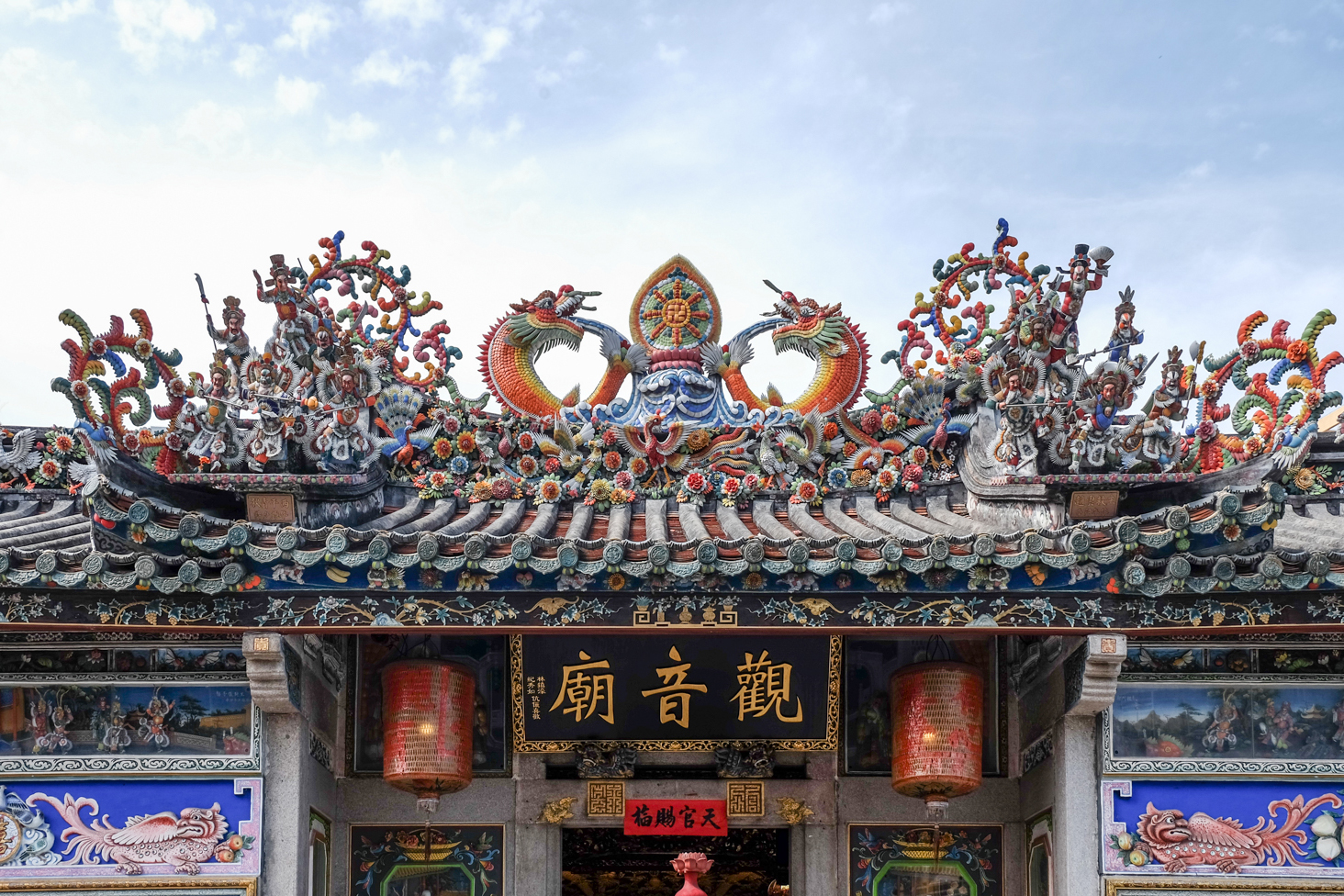
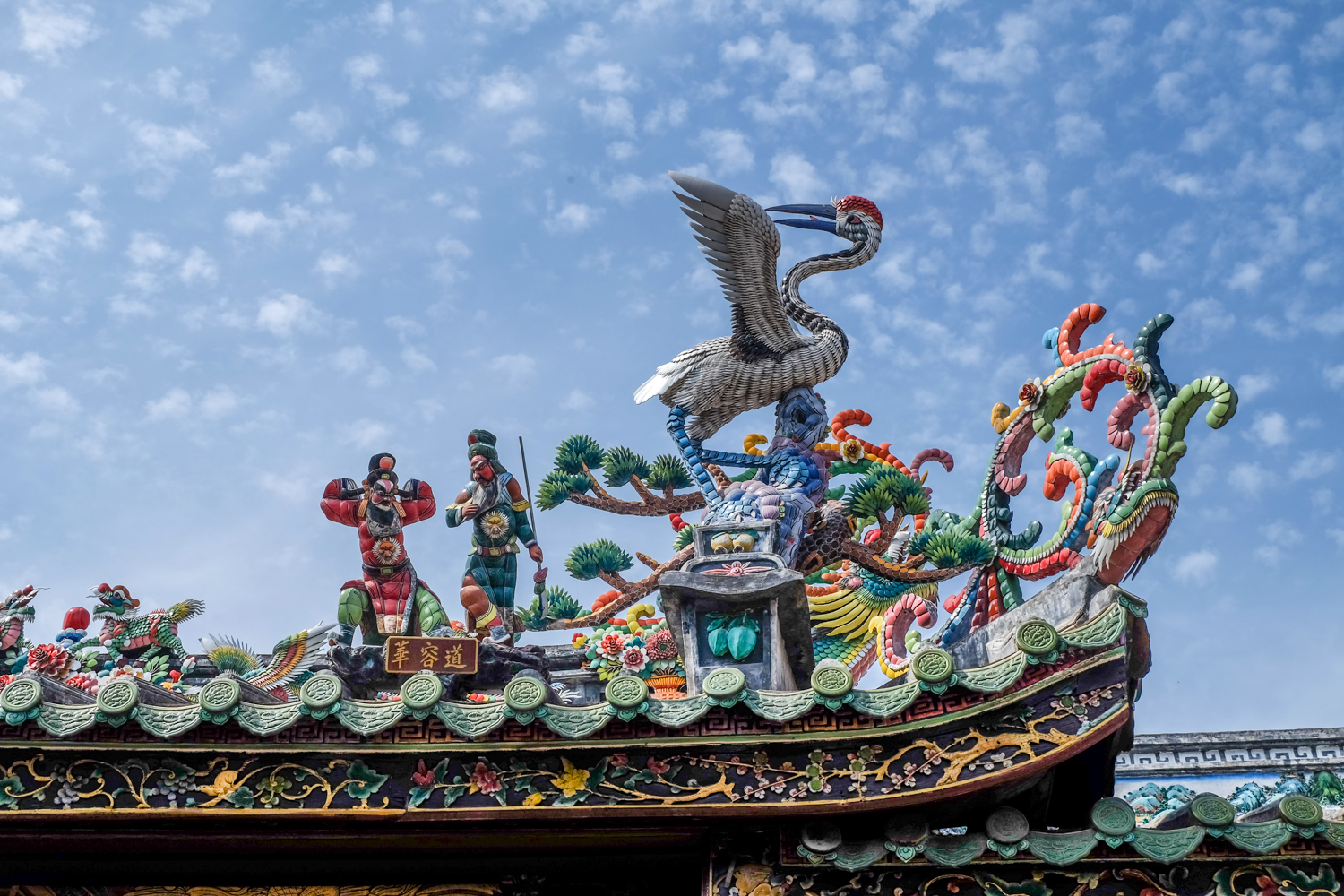
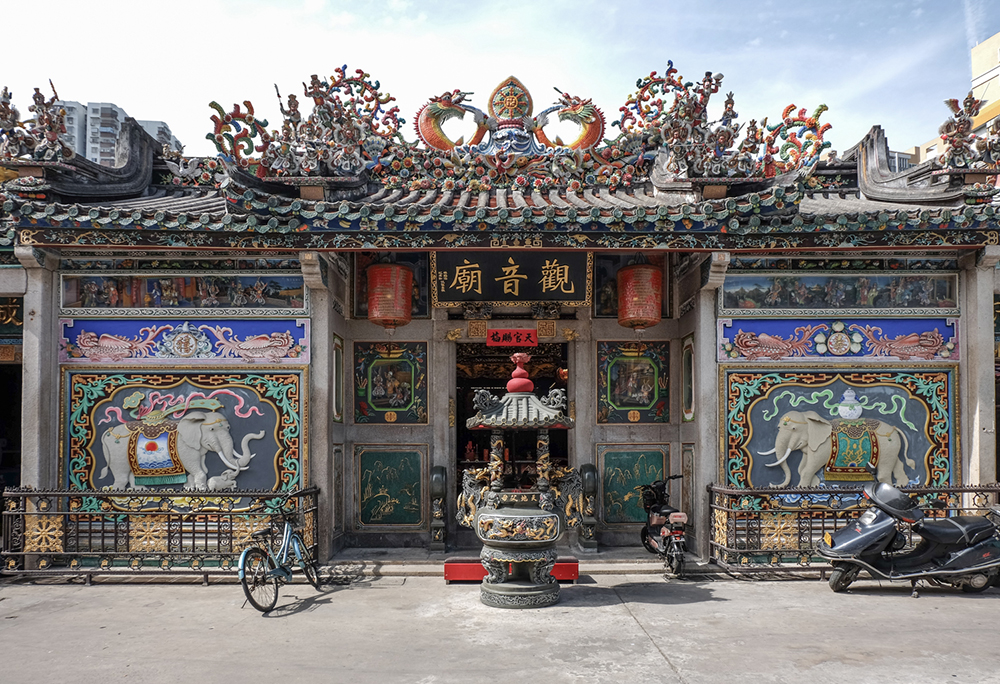


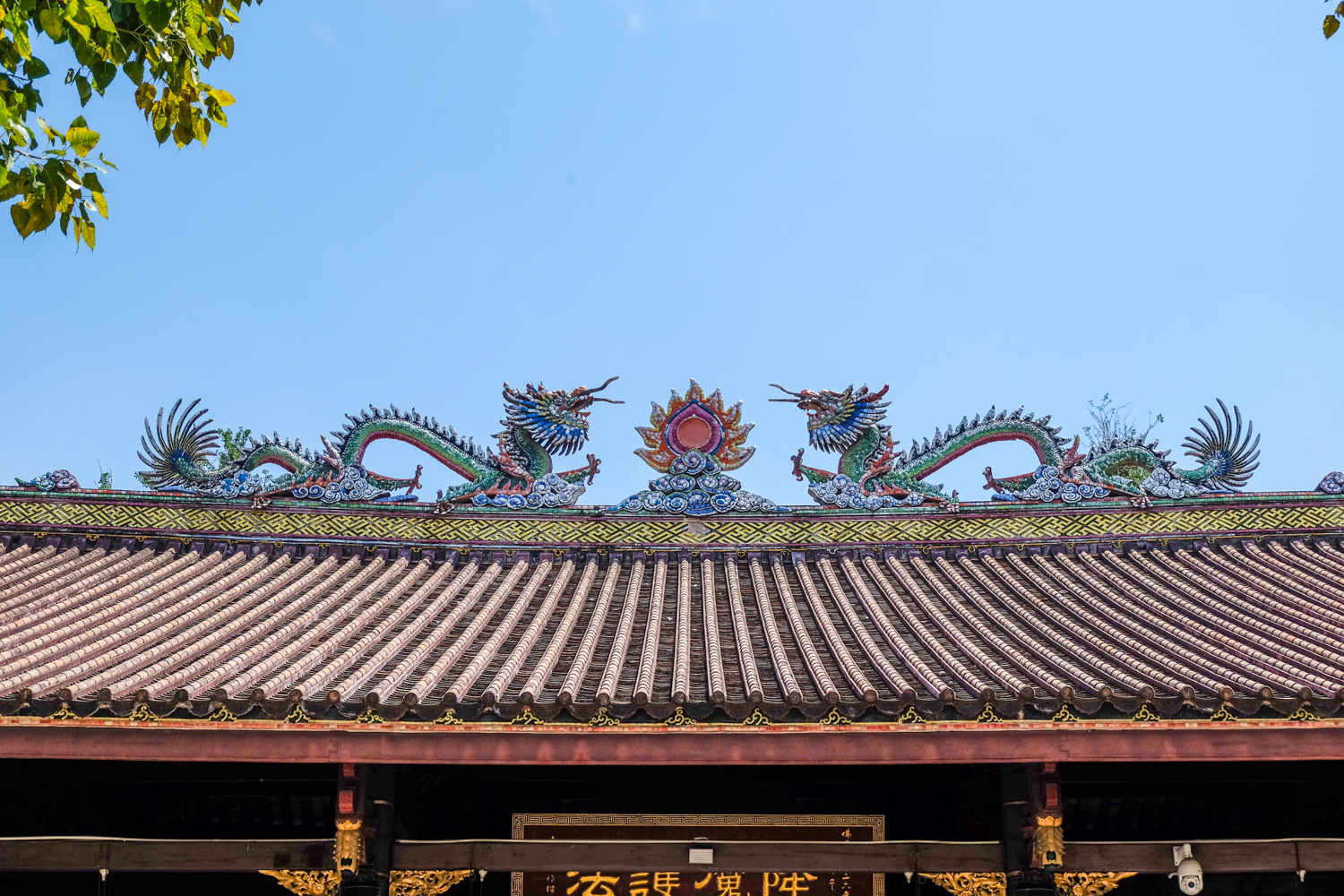


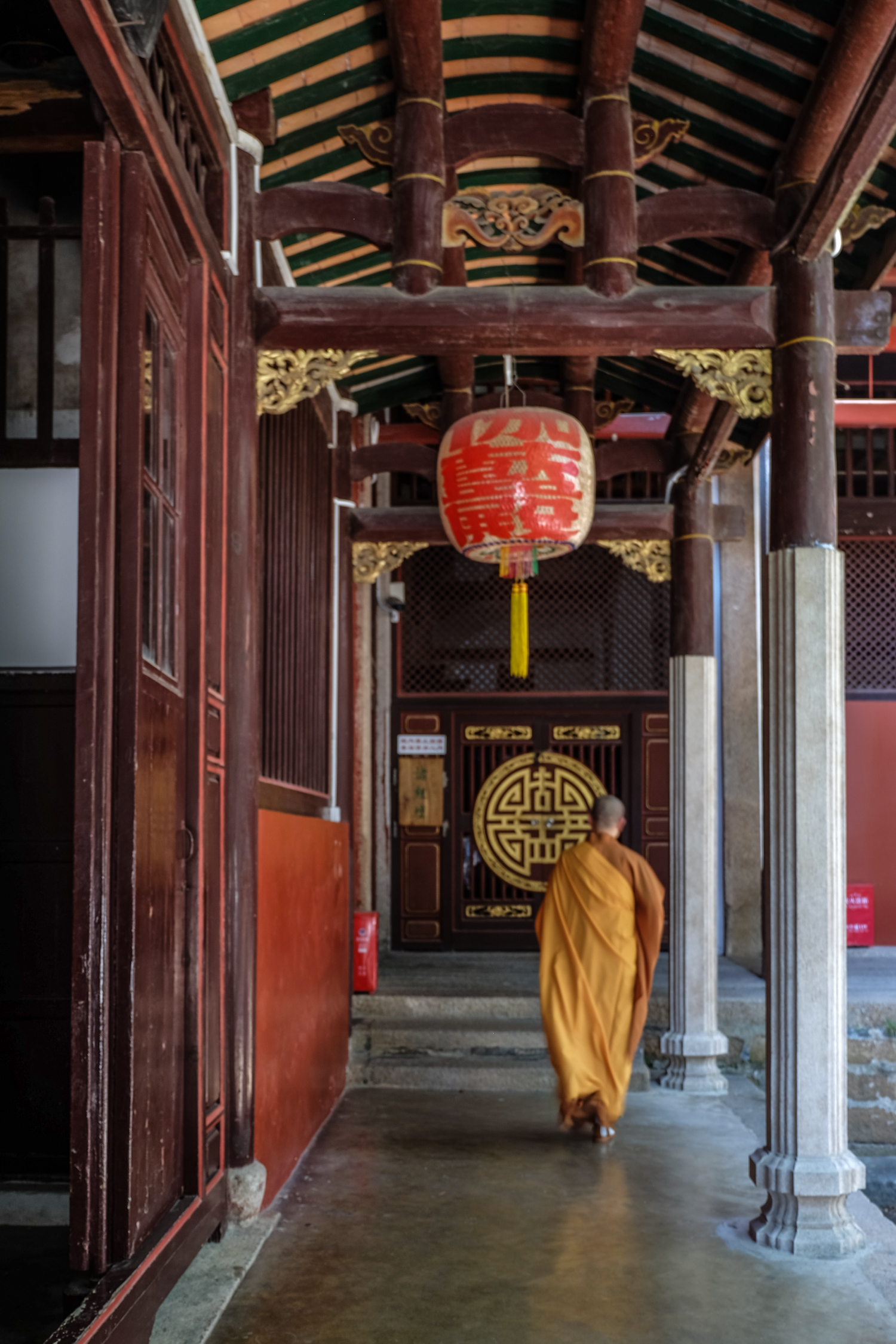
FRom the same province
stay tuned !
search for a destination
latest travel itineraries
latest CHINA articles
Text and pictures by Architecture on the Road ©
Architecture on the Road
All rights reserved
All photographs on this site were taken and are owned by me (unless credited otherwise).
If you would like to use some of these photos for editorial or commercial purposes, many of these are available on Shutterstock (click the link below). Otherwise, please contact me on Instagram, Facebook, or by email.
Do not use my pictures without my written consent. Thank you!


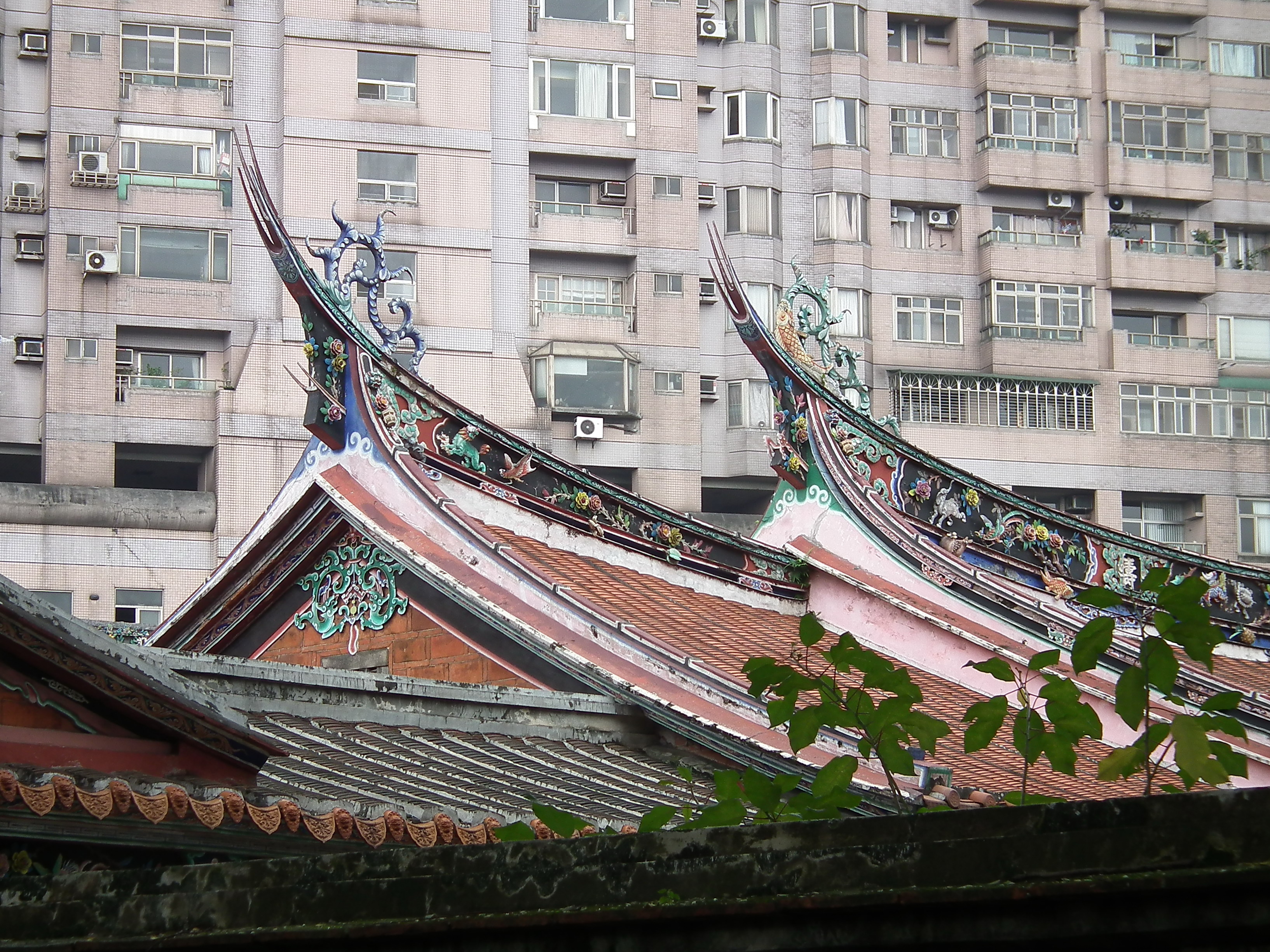
Comments
Molto interessante. Come sempre !